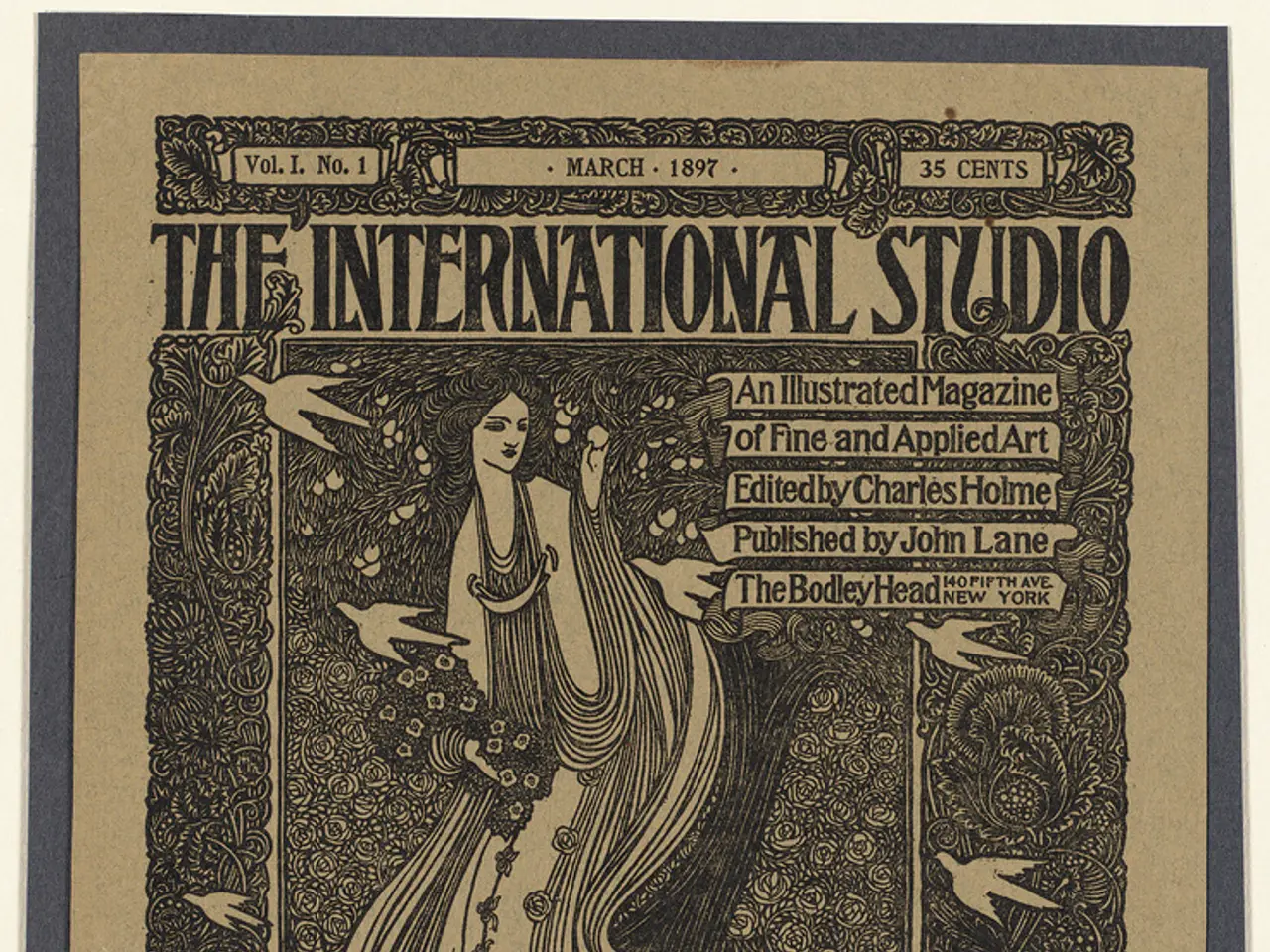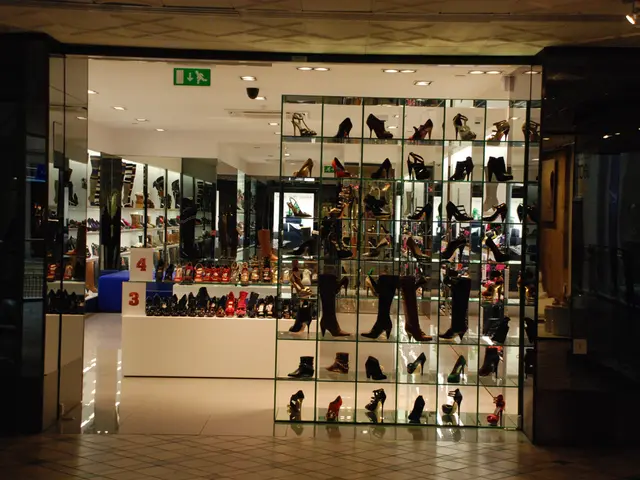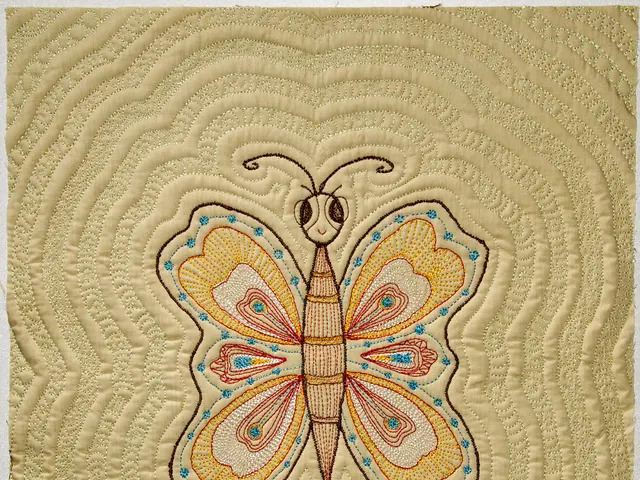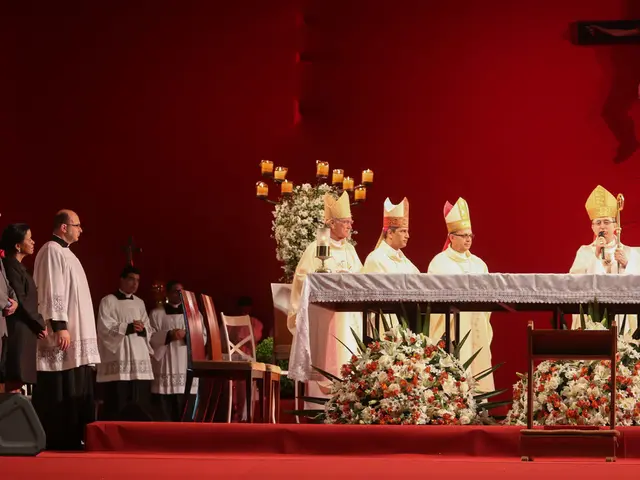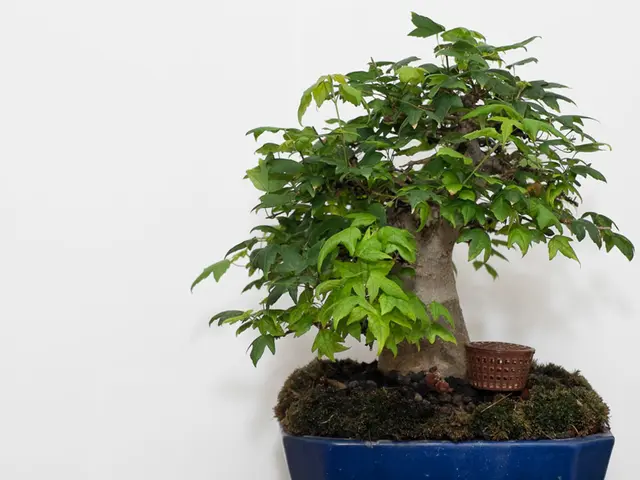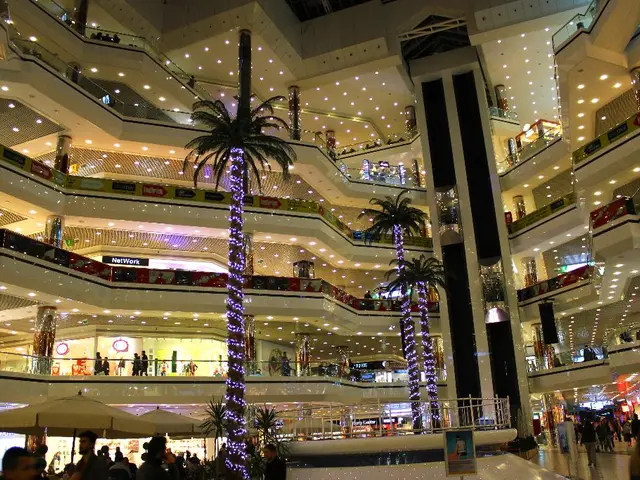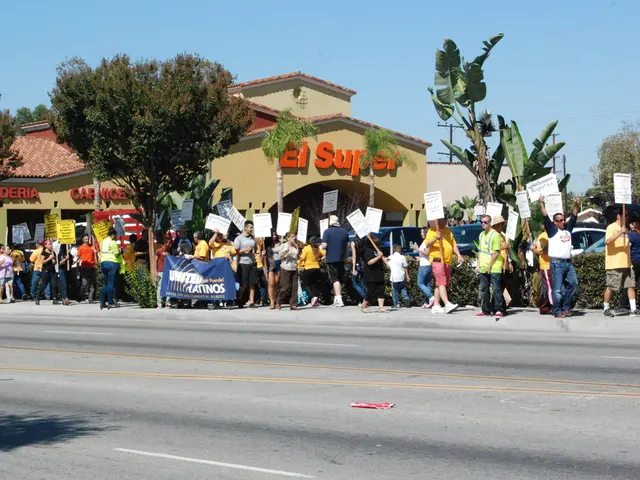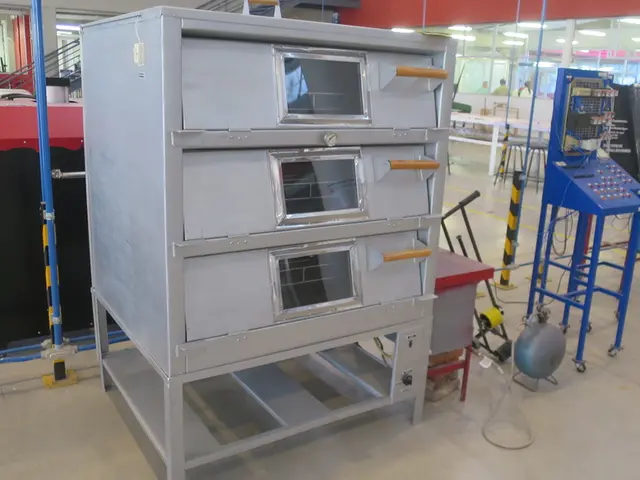Women Arab artists' traditional craftwork showcased at contemporary Saudi exhibition
In collaboration with King Abdulaziz Centre for World Culture - Ithra, the Barjeel Art Foundation presents the exhibition "Horizon in their Hands," showcasing the contributions of female Arab artists from across the region. This exhibition, running until February 14, is set to become a milestone in Ithra's mission, according to Farah Abushullaih, head of Ithra museum.
The exhibition features 50 artists, including Fatna Gbouri from Morocco, Vera Tamari from Palestine, Mounirah Mosly and Safeya Binzagr from Saudi Arabia, Najat Makki from the Emirates, Safia Farhat from Tunisia, and Mona Al Munajjed from Saudi Arabia. These artists have created a diverse array of works that draw on their respective cultural heritages.
Mounirah Mosly embeds Saudi textile fragments into paint and works with palm-tree fibre, while Safia Farhat's textiles draw on Tunisian heritage. Mona Al Munajjed explores the intersection between art and craft with batik silks, depicting the urban landscape of old Jeddah. Najat Makki deftly incorporates henna into abstract compositions, as seen in her work "Window" (1987), displayed alongside Jumana El Husseini's "Marriage" (1974), both works highlighting the significance of henna in matrimonial celebrations.
The exhibition also includes works from Ramses Wissa Wassef Art Centre, an institution in Egypt dedicated to preserving tapestry-making, such as Farhat's "The Bride" (1963), a woven tapestry work depicting a Tunisian woman in traditional wedding attire.
Other notable works include Fela Kefi-Leroux's glazed and tiled work "Agriculture" (1964), Zeinab Abdel Hamid's "Popular District" (1956), a painting that shows the newly installed tramway in juxtaposition with traditional carts and street vendors, and Saikali's "Geodesic Landscape" (1972), a light sculpture considered as a visionary statement piece by the Lebanese artist.
"Horizon in their Hands" also explores how artists were reclaiming local craft practices and revisiting Islamic art legacies. For instance, Joyce Mansour uses discarded metal and mixed media to create forms reminiscent of human organs.
The curation of the exhibition draws from Ithra's curving and cohesive architecture, with the works seamlessly integrating into the museum's space. The exhibition grew out of Barjeel Art Foundation's ongoing drive to increase the representation of female artists in its collection.
Don't miss this opportunity to immerse yourself in the vibrant and diverse world of female Arab artists at Ithra Museum. Experience "Horizon in their Hands" before it closes on February 14.
